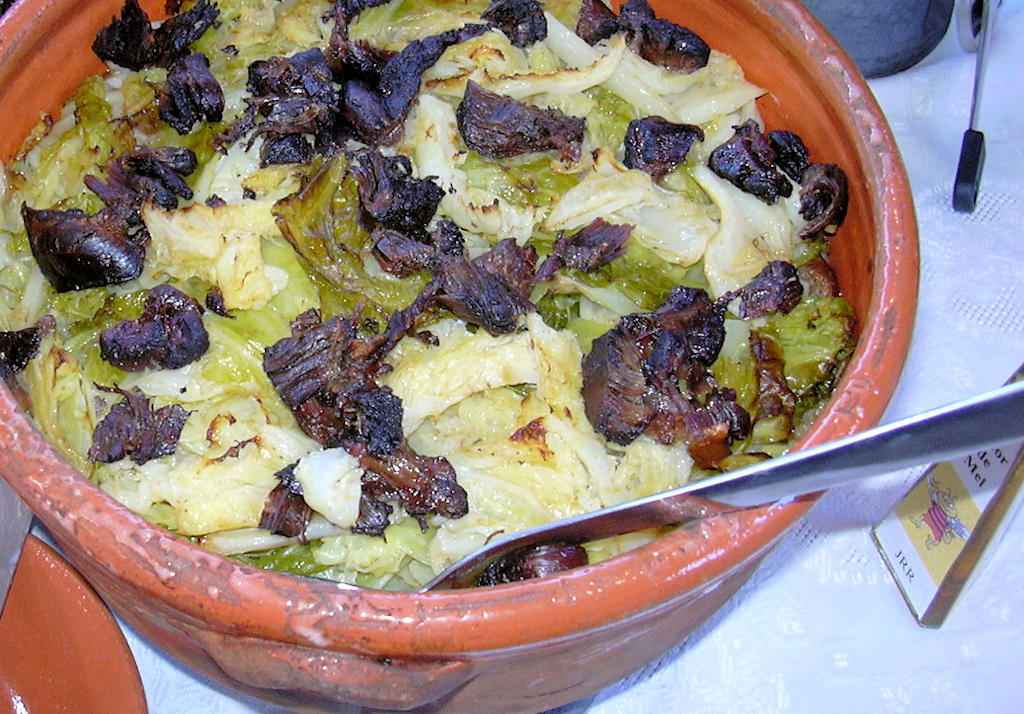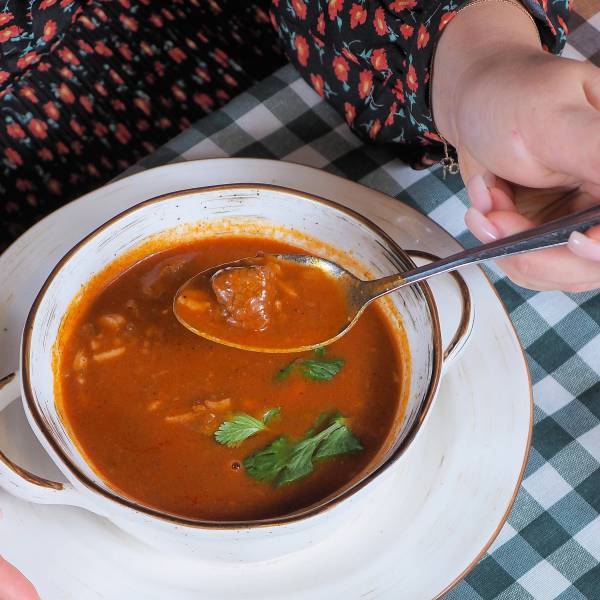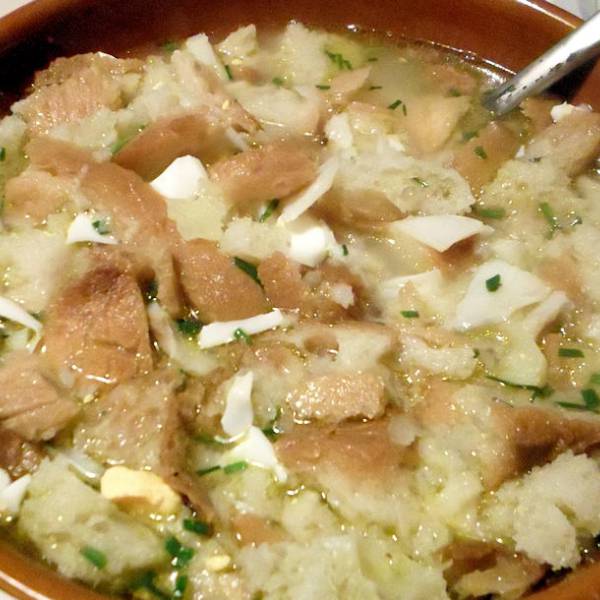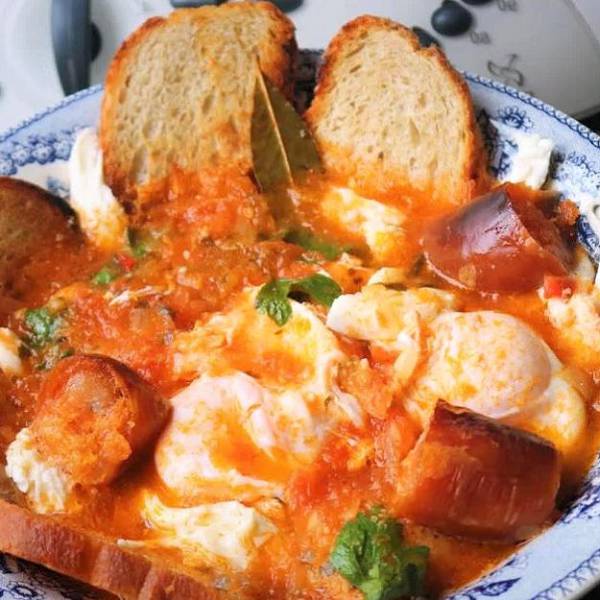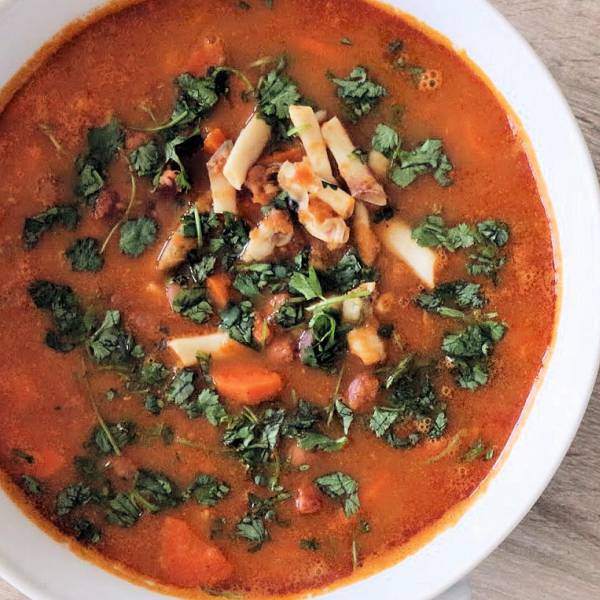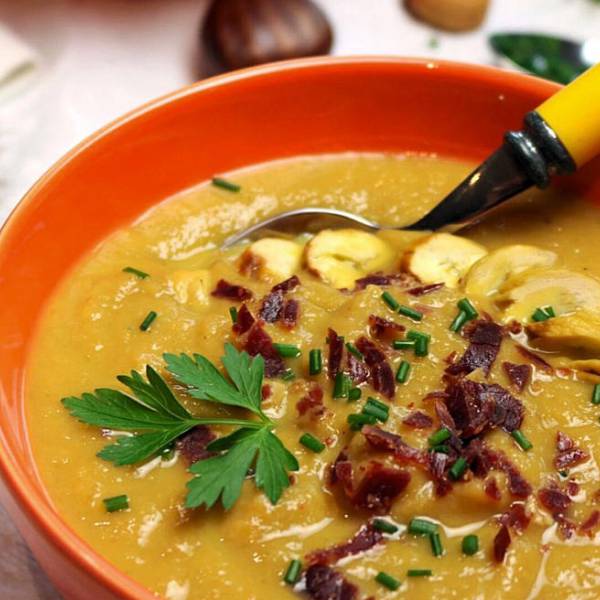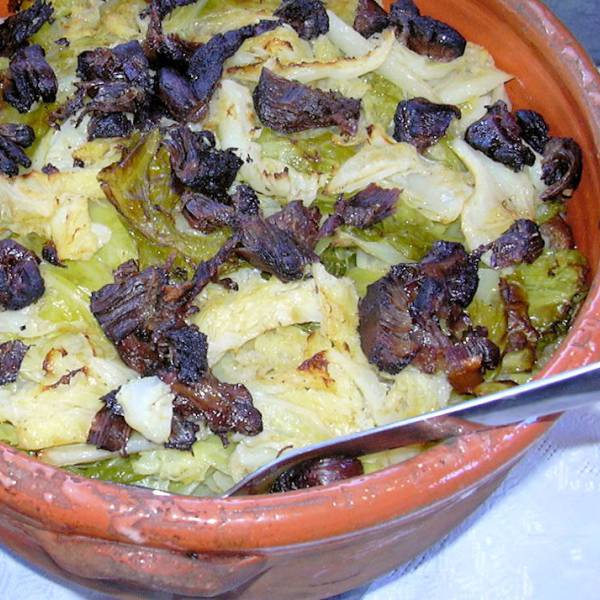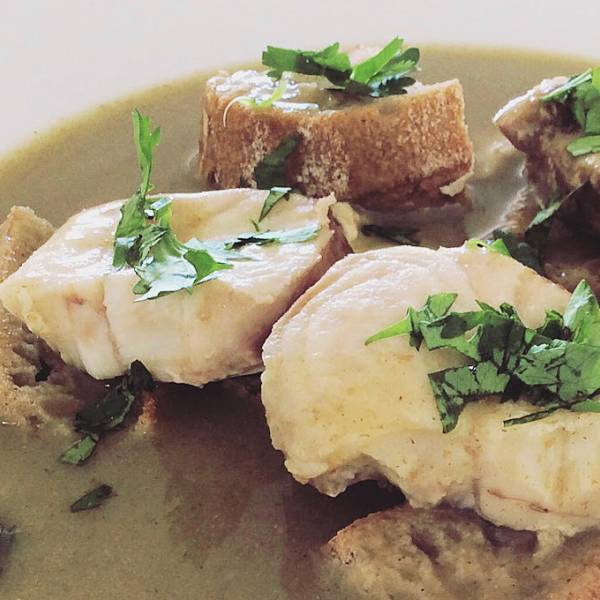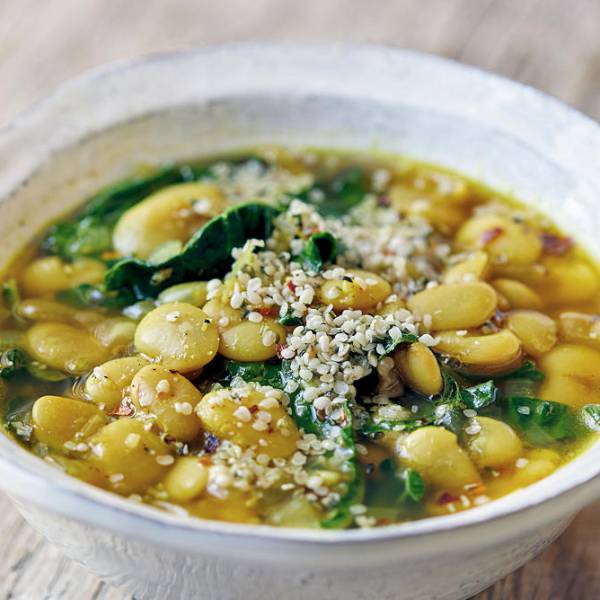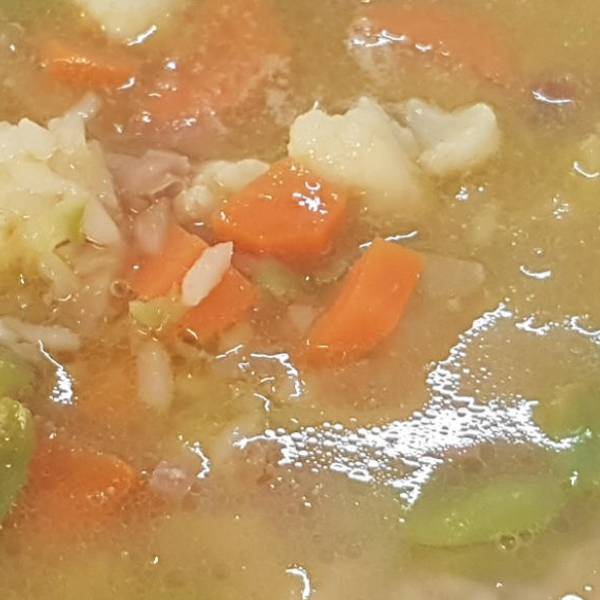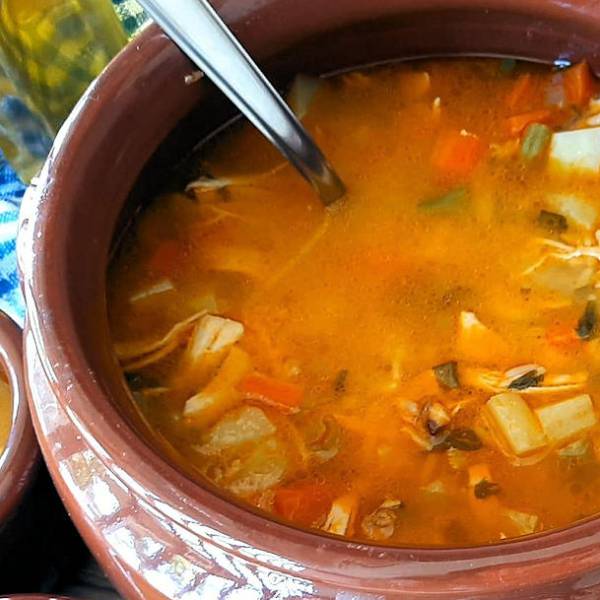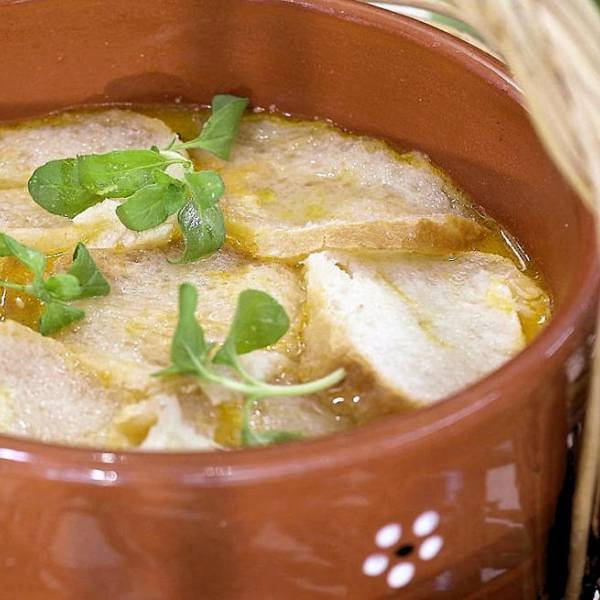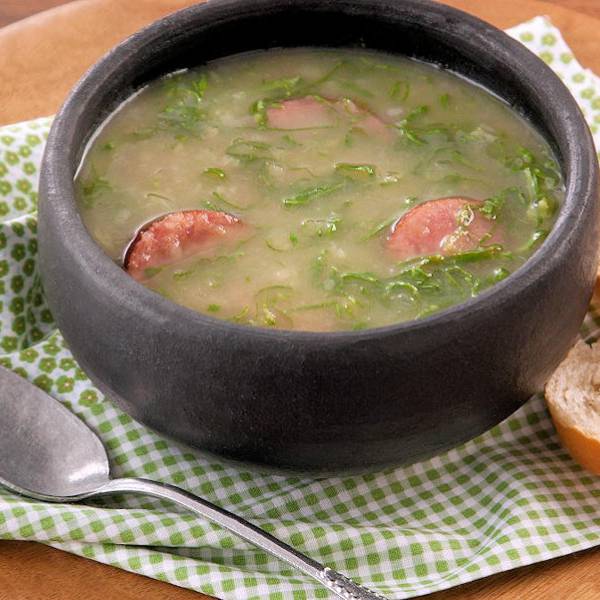The name "Sopa de Casamento" originated from the tradition of serving this soup on the day following a wedding. It became customary for newlyweds to invite their guests to their home and offer them this hearty dish alongside wine and sweets. Beyond its practical purpose of utilizing wedding feast leftovers, the soup symbolized abundance and prosperity for the newlywed couple.
The soup's roots can be traced back to the Convent of Santa Maria de Semide, founded in 1162 by Queen Matilda of Savoy, wife of King Afonso Henriques, Portugal's first king. This convent, situated in Miranda do Corvo within the Coimbra district, gained recognition for its hospitality, charity, and culinary expertise. The nuns at the convent crafted numerous dishes, among them the enduring Sopa de Casamento.
The soup gained broader popularity following the French invasions of Portugal between 1807 and 1814, during Napoleon's reign. These invasions brought devastation to many villages and farms, leaving behind a wake of hunger and destitution. As a result, people had to make do with whatever food was available or salvaged, and Sopa de Casamento became a staple. With its simple yet nourishing ingredients, the soup provided sustenance and warmth to those enduring hardship.
Lisbon.vip Recommends
Regarded as one of the gastronomic wonders of the Coimbra region, Sopa de Casamento features prominently in a gastronomic guide published by Região de Coimbra Turismo. This guide highlights 47 dishes that exemplify the diversity and richness of the local cuisine. Sopa de Casamento is described as a dish that encapsulates history, tradition, and identity, serving as a testament to its enduring legacy.
If you find yourself eager to savor this delectable soup, a variety of recipes can be found online or in cookbooks. Alternatively, you can visit schist villages or dine at restaurants and festivals that offer Sopa de Casamento. Immerse yourself in the flavors and experience the centuries-old culinary heritage of Portugal through this hearty and soul-warming soup.


